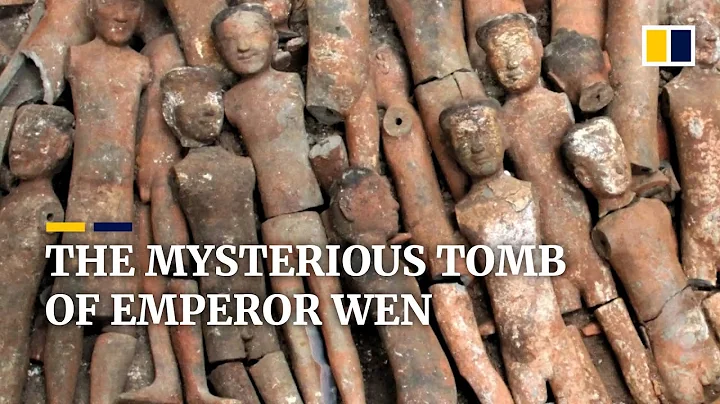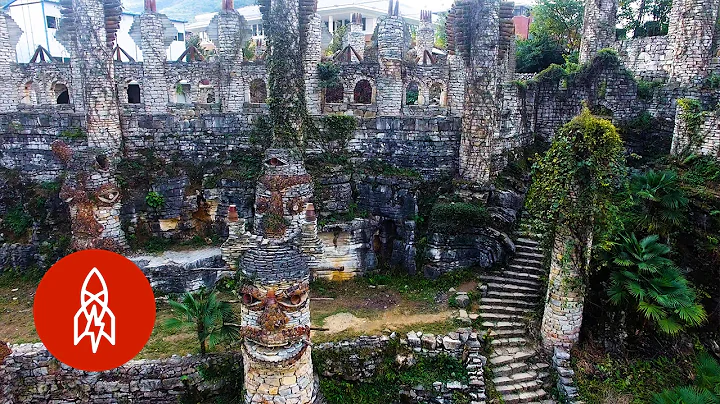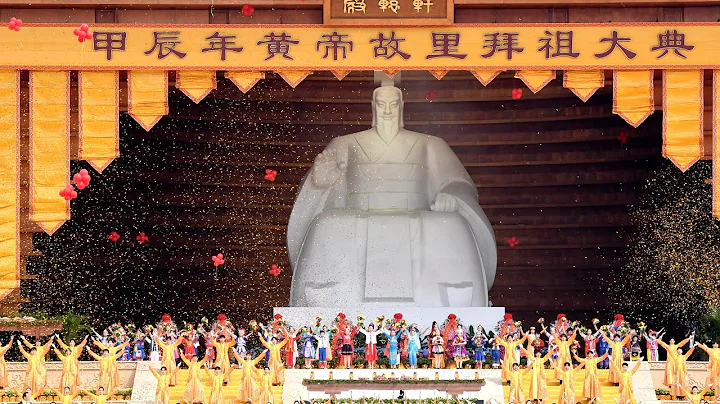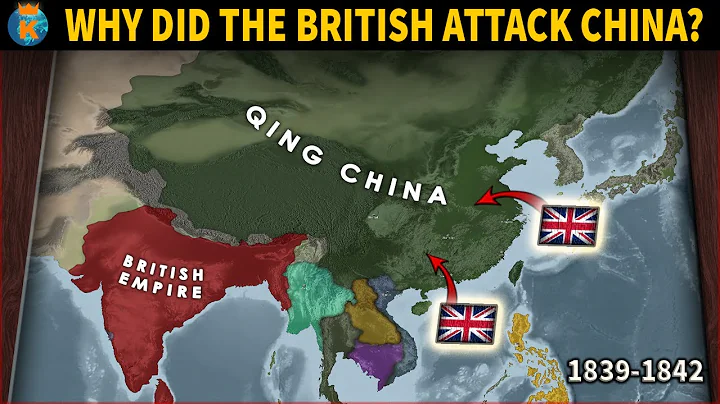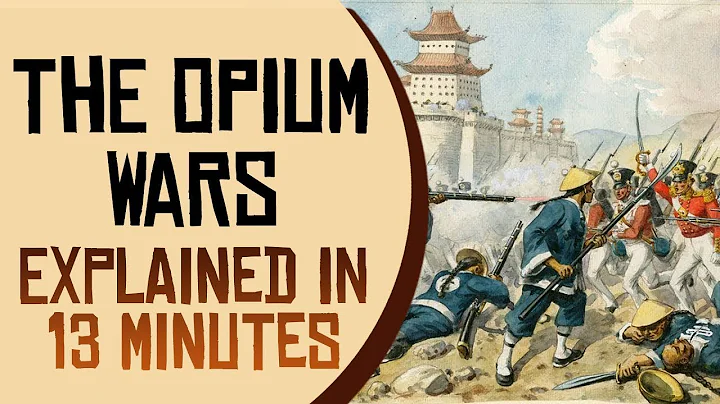In Dahuting Village, Xinmi, Zhengzhou, Henan, there is a large tomb from the Eastern Han Dynasty. It was discovered by Dahuting villagers in December 1959 when they were digging a pig pen. In 1960, the archaeological team excavated and found that this tomb was unique in the country. The tomb of the Eastern Han Dynasty, called the Dahuting Han Tomb, is more than 1,800 years old. In 1988, it became a national key cultural relics protection unit. However, many people do not know this scenic spot, and few people come here to visit.

Dahuting Han Tomb is located in Huting Village, Xinmita. The ticket price is 10 yuan/person. The east and west tombs are side by side, about 30 meters apart. The west tomb is larger and is a portrait stone tomb, while the east tomb is a mural tomb. Made of huge stones and large blue bricks, the tomb is carved with more than 300 square meters of stone images and more than 200 square meters of colorful murals, depicting the manor life of the owner of the tomb during his lifetime. It can be called Han Dynasty sculpture painting Art museum.

There is still some debate about the owner of this large tomb. The locals believe that the owner of the Dahuting Han Tomb is Chang Shi. Legend has it that he saved the founding emperor of the Eastern Han Dynasty Liu Xiu , Northern Wei "Shui Jing Zhu" It is mentioned in the book that the owner of the tomb is Zhang Boya, the prefect of Hongnong County in the Eastern Han Dynasty. He is a native of Xinmi. The Han Tomb in Dahuting may be the cemetery of him and his family members. It is also said that it belongs to Hou Yuan, the "constant attendant". The tomb, in short, cannot be determined yet.

The most precious things in the tomb are the murals. After more than 1,800 years, the colors have not changed and are still as bright. The murals include pictures of sitting in the kitchen, welcoming guests, banquets, Baixixi , sumo wrestling, traveling by carriage and horse, and pictures of maids. etc., like a living picture of life in the Eastern Han Dynasty. From these two tombs, we can see the life of the Eastern Han people.

The east tomb is composed of a front chamber, a middle chamber, a back chamber and three ear chambers in the east, south and north. The corridor and the front chamber are engraved with "Welcome Picture" with welcoming people and endless riding. The murals in the chamber are the most precious. One is " Carriage and Horse Travel Picture", which depicts the scene of the owner of the tomb traveling. The entourage at the front and rear are riding horses to protect the owner. It is so majestic that only high-ranking officials are treated like this. Bar.


"Feasting and Drinking with Hundreds of Plays" is a masterpiece among the murals. It is a huge mural 7.3 meters long and 0.7 meters high. The tomb owner and his wife are eating, drinking and having fun with many guests, and there are waiters wearing different colors. , they are serving carefully. There were many jugglers performing in the middle of the banquet. Some of the performances could not be seen for what they were, and they may have been lost. This mural is a representation of the life of the Eastern Han Dynasty people.

Sumo wrestling is Japan's national sport and the most popular in Japan. It was introduced to Japan from the Tang Dynasty . The earliest picture of sumo wrestling that can be seen today is the Han Dynasty mural in the Dahuting Han Tomb. The painting shows two fat and naked bodies, with only a triangle scarf around the lower part. It is similar to the sumo wrestlers in Japan today. It seems that the attire of sumo wrestlers is , ancient and modern are almost the same, and modern Japanese sumo has found its origins here, which reveals that Japanese sumo originated in China.


The portrait stone in the ear chamber in the west tomb is engraved with the "Picture of the Kitchen", which includes images of killing chickens and ducks, slaughtering cows and pigs, burning fires with wages, drawing water to make wine, cooking meat and fish, etc. This is a picture of people from the Han Dynasty In the scene of cooking, it seems that people at that time had good food.

Among the Han tombs in the Zhengzhou area, none can compare with the Dahuting Han Tomb in terms of scale and luxury. On the road from Zhengzhou to and Dengfeng , not far from Xinmi, you can see a 10-meter-high mound and an antique building in the south of the road. This is the Dahu Pavilion Han Tomb. If you are interested, you may wish to come and see.




